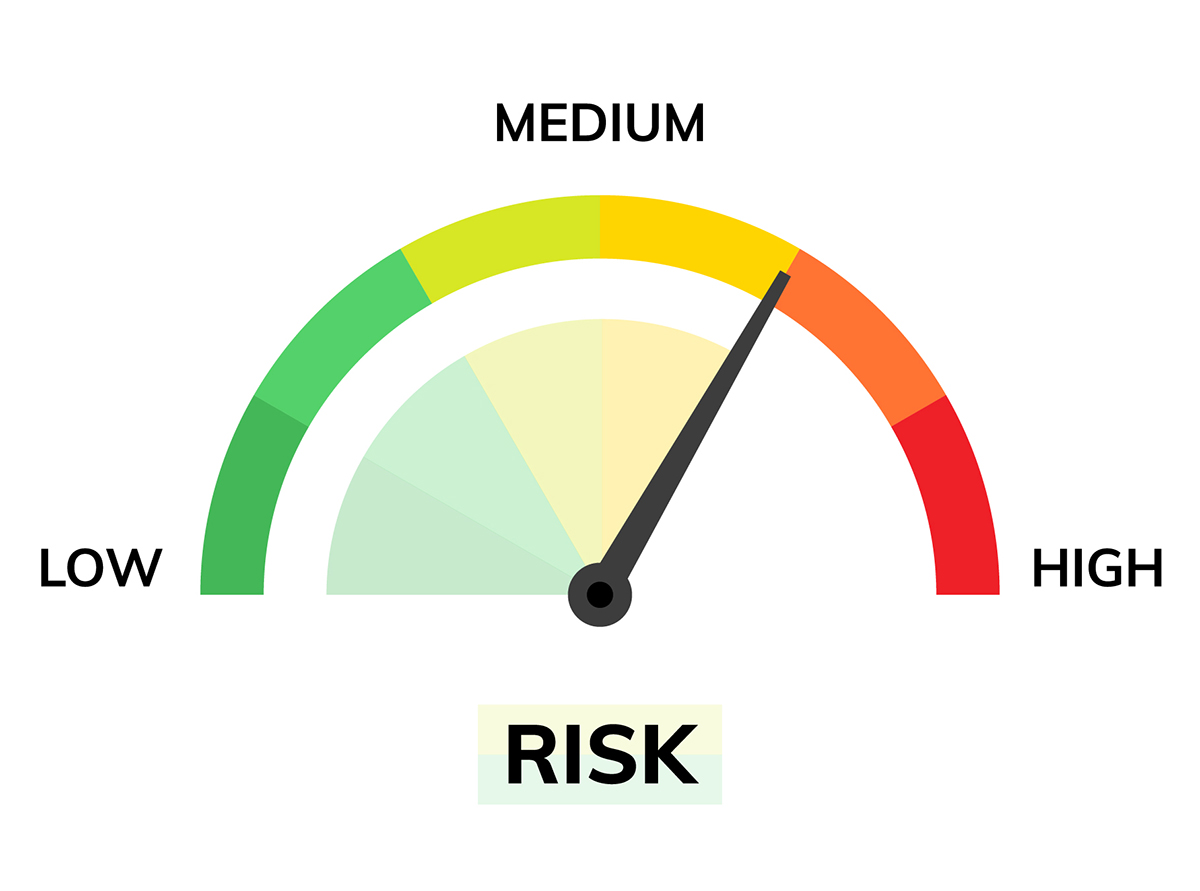 Like other drugs, cannabis use has the potential for psychological and physical harm.
Like other drugs, cannabis use has the potential for psychological and physical harm.
While most cannabis users do not experience severe problems from use, there is no absolute safe level of cannabis use. It affects individuals differently based on each person’s characteristics, how it is used, and how often influences the likelihood and extent of harmful outcomes - both short and long-term.
Tips for a safer cannabis experience:
- Avoid mixing cannabis with other substances, like tobacco, alcohol, or other types of impairing substances, including prescription medications, to prevent negative interactions.
- Buy cannabis from a licensed retailer so you know they meet quality standards and has been tested for contaminants. Learn how to recognize regulated products. (See “Is it a legal product? How to know”)
- Holding smoke in your lungs after inhaling it will not increase the effects of THC – it will only make you light-headed due to oxygen deprivation and increase the amount of toxins absorbed by your lungs. It does not influence the intensity of the effects because cannabis when inhaled, absorbs almost instantly into your bloodstream.
- Do not drive, operate heavy machinery, or do any potentially dangerous tasks after consuming cannabis. Understand how long the effects may last and plan accordingly. (See “Onset and Duration Timeframe” in the “Deciding What and How Much” section.) Take advantage of taxis and rideshare opportunities. (See “Together We Get There.”)
- Consider keeping a journal to track how different varieties of cannabis affect you.
- Consume cannabis in an environment that feels safe to you.
- Research your cultivars (strains). Each strain has different effects on individual people. Review the information available on the product.
- Use your own supplies. Be sure to clean your bongs and other smoking devices after each use to avoid inhaling harmful contaminants like mold. Sharing supplies may lead to spreading illness. Don’t leave cannabis or accessories unattended.
- Keep cannabis products in their original packages. That way you will always know what you are consuming and its THC concentration. Flower that is left out or exposed to light and air can get moldy. Also, keep in mind that cannabinoids change over time.
- Smoking cannabis in blunts or cigar papers, which contain tobacco, has additional negative health effects. There is evidence of harm due to carcinogens from smoking tobacco that could affect your throat and lungs. There are many other types of rolling papers or other smoking devices.
- Do not smoke in bed.
- Consider using products with lower THC concentrations because higher concentrations increase the risks of negative health effects.
- Choose the “right” amount of cannabis for the kind of experience you want. This can lower the chances of experiencing negative effects. (See “What is the ‘right’ amount?” in the “Deciding What and How Much” section.)
- The chances of negative consequences increase with frequency of use. If you find your tolerance is increasing and you need to use more cannabis to get the same effect, you may want to rethink your use. One option, if quitting is not for you, is to take a cannabis “t-break” in order to decrease your tolerance level. More information about t-breaks can be found here.
-
The younger you are when you begin using cannabis, the higher your risk of developing serious health problems. Teenagers, especially, should delay use for as long as possible.
If you have guests in your home and people are using cannabis, you can take action to provide a safer environment.
- Make sure you have plenty of food available to slow absorption.
- Keep cannabis in its original packaging so people know which foods and drinks contain cannabis and they can read the labels.
- Do not allow smoking in indoor spaces to prevent exposure to secondhand smoke.
- Never allow someone under the age of 21 to use/consume cannabis – doing so is illegal.
- Make sure guests have a safe ride home. Do not allow anyone to drive impaired.



